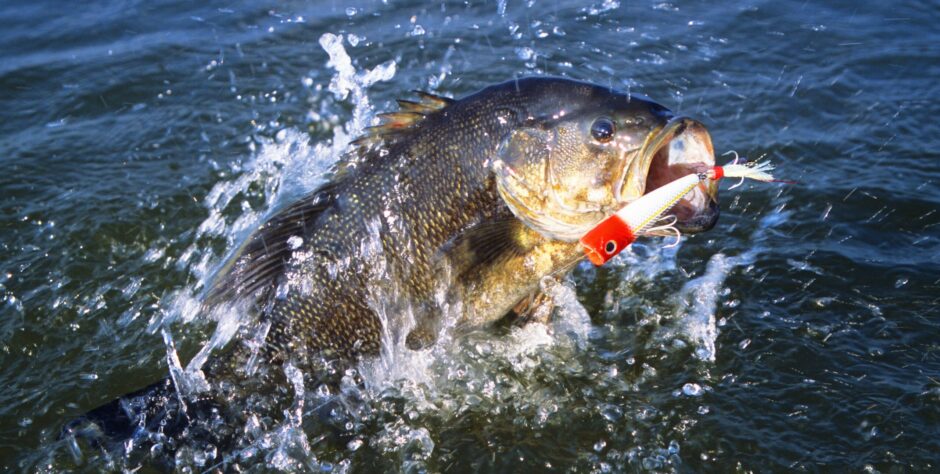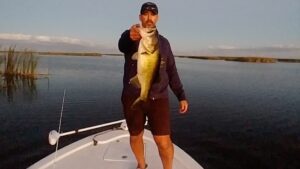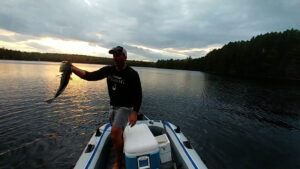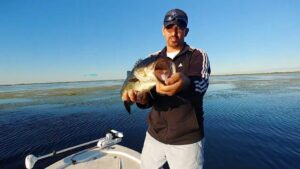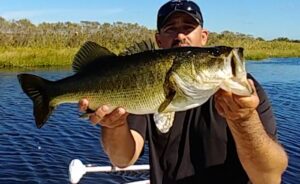Learn about the different types of water that you will find smallmouth bass.
Lakes & Reservoirs
Smallmouth bass can be found in many different types of lakes and reservoirs. On the larger lakes and reservoirs, there are a variety of factors that will dictate where the bass will be throughout the season. Figuring out smaller lakes is easier, but there is still plenty to learn if you want to consistently catch more fish.
Ponds
Ponds are known more for largemouth bass than smallmouth bass, but there are some ponds out there that have some good smallmouth bass fishing. Smallmouth bass prefer deeper, colder water than largemouth bass, so smallmouth bass don’t usually do as well in ponds once water temperatures warm up in the summer.
Some ponds in the northern part of the U.S. have some good smallmouth bass fishing because of the colder water temperatures, but don’t expect to find that many ponds out there that have good smallmouth bass fishing. Aerators and moving water can help create more oxygen in the water which can help smallmouth bass do better in ponds, so there may be some excellent private ponds that have some awesome smallmouth bass fishing. For the most part though, you are better off searching for good smallmouth bass lakes in your area than ponds.
Rivers
River fishing provides some very exciting smallmouth bass fishing. The river smallmouth tend to be stronger from swimming against the current on a daily basis, and once you get them on your line you will have to fight the current as well. Because of this, a 2 pound smallmouth bass in the river will fight more like a 2.5 to 3.5 pound bass from a lake.
Streams
Some creeks and streams offer some very good smallmouth bass fishing. When fishing streams, anglers can typically wade through most areas and not even be waist deep. Streams will have some deeper areas, but most of the water is shallow. You might think that big bass can’t survive in streams since the water is so shallow, but smallmouth bass don’t need extremely deep water to survive in a stream. The current typically keeps the water temperatures from getting too hot in the summer and the ice is usually kept to a minimum. The best streams have a good combination of shallow water combined with deep holes that are suitable for bigger fish.
When fishing streams, you will usually be wading or fishing from a canoe or kayak. Don’t expect to find bass as big as you would in lakes, reservoirs and rivers, but on some of the better streams, 2 to 3 pound smallmouth bass are common and fish up to and above 4 pounds are possible. On most streams though, you will see a lot of fish in the 10 to 16 inch range.
Clear Water
Clear water makes fishing more difficult for smallmouth bass for many different reasons. The fish can see you much easier, so it’s harder to fish the shallows without spooking them. In clear water, they also go much deeper and heavier lines will usually result in less bites. Because of this, anglers will need to learn how to use finesse tactics to consistently get bites while fishing clear water.
Murky Water
Smallmouth bass prefer clear water, but they do thrive in plenty of murky water lakes and rivers. Since visibility is much less, smallmouth bass use noise a lot more to help them find food to eat. Using noisier lures is one of the easiest ways to do better when fishing stained waters. Using brighter lures and fishing slower can also help you catch more bass in murky water.
